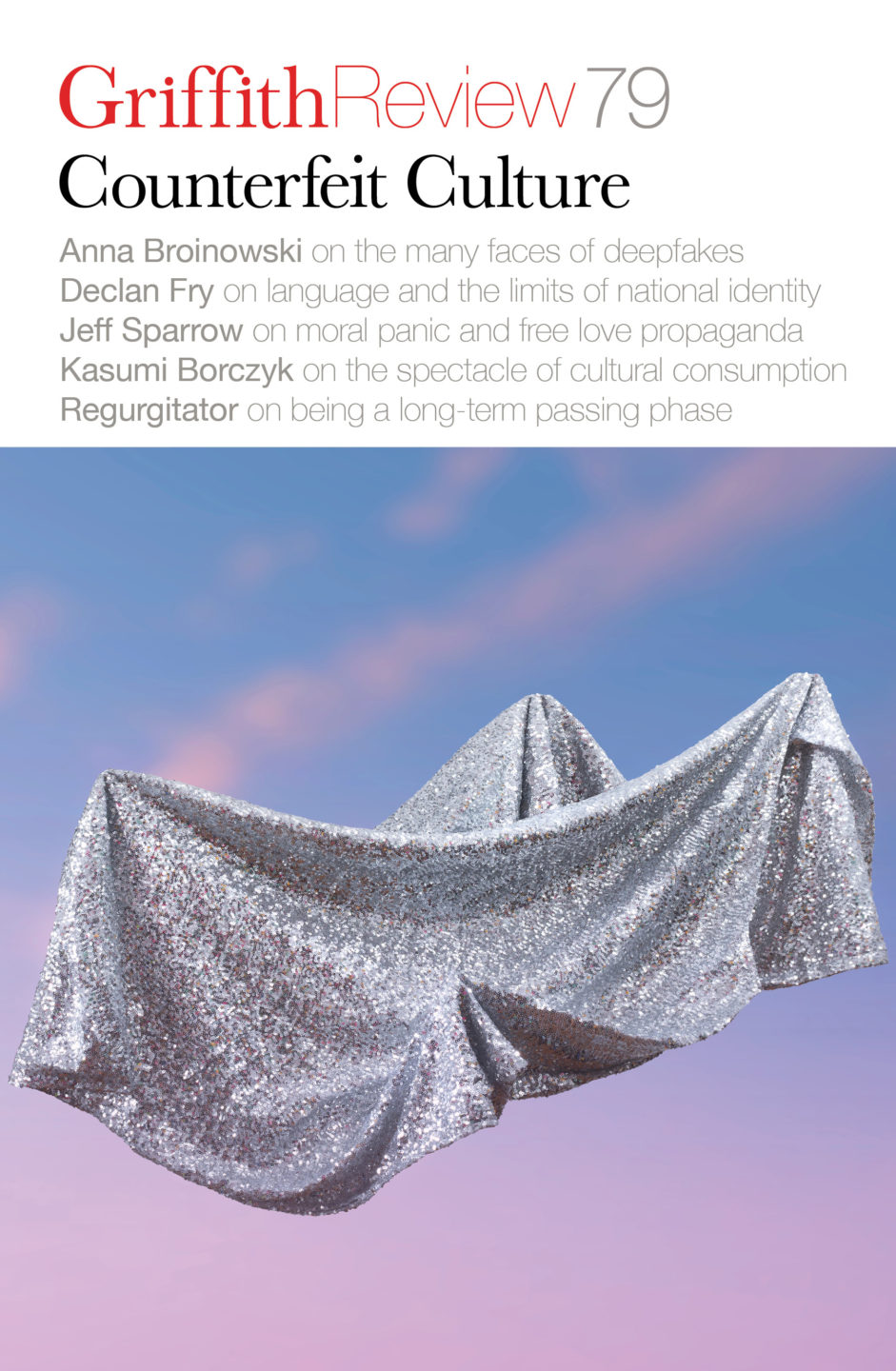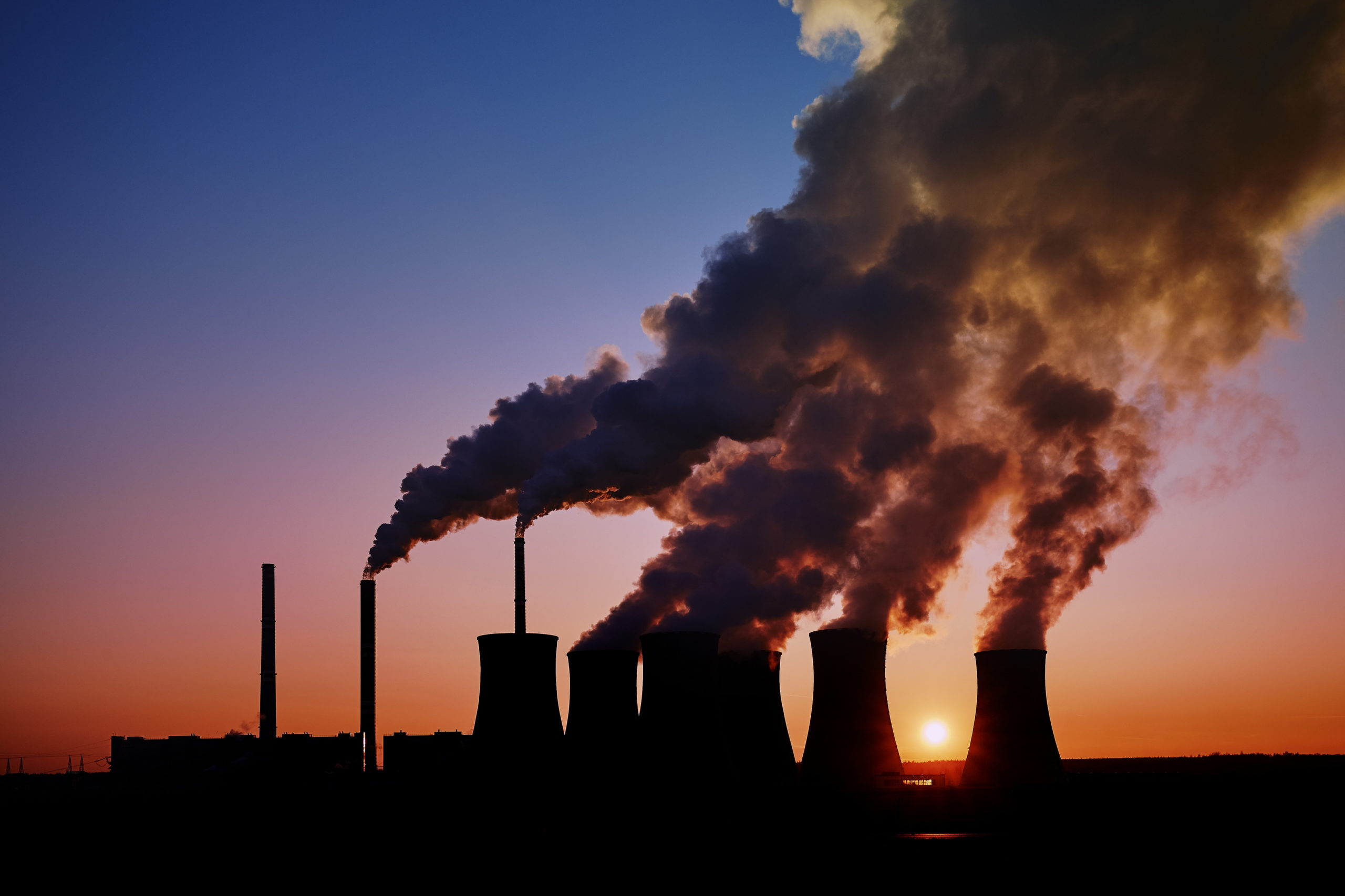Featured in

- Published 20230207
- ISBN: 978-1-922212-80-1
- Extent: 264pp
- Paperback (234 x 153mm), eBook


Already a subscriber? Sign in here
If you are an educator or student wishing to access content for study purposes please contact us at griffithreview@griffith.edu.au
Share article
More from author

Inside the dark tower
Thinking of what is gone, I pause on the bridge and look back. The windows and sleek curvature of Woodside Karlak now give the impression of smooth scales, sliding upwards towards the encroaching night. It is hard not to appreciate elements of the architecture, even when you know what is being sacrificed as a consequence of the decisions that take place behind the darkened glass of the great tower.
More from this edition

Run River: An exercise
PoetryLittle space in this town for dead game. Steal a teal Corvette, hit the drive-in, Find the tatty shop. They serve a fish dish.

Self-portrait in Joy Hester pocket mirror
Poetry All hail my inner bones, things have been troped yet now heat up. Being Bowie gone to Berlin, genuinely out of ideas and summoning Brian Eno wearing...

About face
Non-fictionOur image-centred world has elevated what writer Jia Tolentino calls ‘Instagram face’, a racially ambiguous assemblage of ethnic ‘greatest hits’ – wide cat-like eyes, big lips, smallish nose, high cheekbones. Few people will have a face that fits this template... But, whatever, you can pay for it.